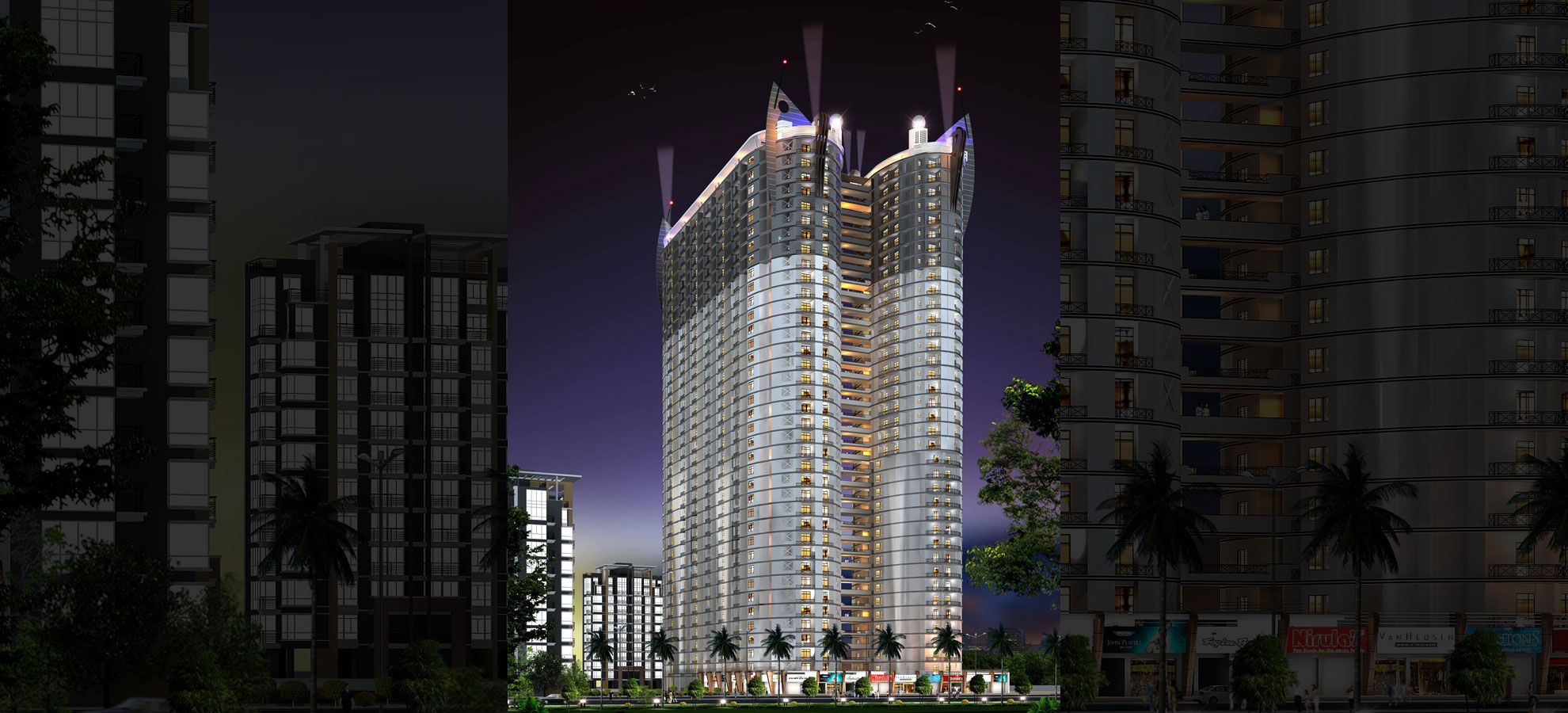Raze Supertech towers in Noida in three months: Supreme Court

POINTERS OF THE DEVELOPMENT
1. Background of the News
The Supreme Court on Tuesday ordered the demolition of two towers — Apex and Ceyane — in Supertech’s Emerald Court project holding that they were illegally constructed in connivance with the officers of NOIDA authority.
The sanction is given by NOIDA on November 26, 2009, and March 2, 2012 for the construction of T-16 and T-17 is violative of the minimum distance requirement under the NBR 2006, NBR 2010 and NBC 2005;
2. Directions of the High Court under Challenge
The Allahadbad High Court had issued the following directions which were challenged by the court-
(i) The demolition of Towers -164 and 175 by the third respondent, New Okhla Industrial Development Authority6, in Emerald Court situated on Plot No 4, Sector 93A, NOIDA constructed by the appellant, Supertech Limited7;
(ii) The cost of demolition and removal would be borne by the appellant, failing which NOIDA shall recover it as arrears of land revenue;
(iii) Refund by the appellant of amounts invested by purchasers who had booked apartments in T-16 and T-17, with interest at fourteen per cent, compounded annually.
3. The Issue of Dead End
Model Bye-Laws 2004, Model Bye-Laws 2016 and the Delhi Development Authority Building Byelaws 2016 have relaxed the 16 mtrs. distance rule to 9 mtrs. if there are ‘no habitable rooms in the front, irrespective of the height of the building. A similar provision has been incorporated in NBR 2010 as well. However, instead of using the phrase “no habitable rooms in the front”, the phrase “dead end” has been used. Therefore, the phrase “dead end” must take colour from the bye-laws and will have to be interpreted to mean the absence of ‘habitable rooms’.
The first respondent also sought an expert opinion on whether T-1 and T-17 have dead-end sides facing each other from IIT Delhi. The report was submitted on 6 September 2016 to this Court, and concluded that the sides of T-1 and T-17 that face each other cannot be considered as ‘dead-end sides of the building’. It was observed that when balconies and windows (or any other egress) are provided, the functional performance will be compromised if the minimum distance as prescribed is not adhered to. Elaborating further, it was stated that the minimum distance can be reduced when there is no egress on the concerned side of the building because then there would be no possibility of a functional compromise. The reasoning in the report is summarized below:
(i) The dictionary meaning of ‘dead end’ is ‘“no exit”, i.e., no egress or without openings. Therefore, the presence of any opening in the form of windows of balconies renders the building side not a dead end;
(ii) The purpose of prescribing a minimum distance requirement between two buildings is to prevent transmission of fire for safe escape during calamities, minimum ventilation, and to receive natural day light. In case the minimum distance requirement between buildings with egress facing another building is not complied with, then the function of the egress (through window or balcony) will be compromised due to the following reasons:
a. To avoid transmission of fire: According to NBC 2005, fire separation is defined as the distance from the ‘external wall’ of a building to the ‘external wall’ of another building. There is an increased possibility for fire to be transmitted to the adjacent building through windows. However, if the walls have no openings, then the distance between the buildings can be less since there is a lesser chance for transmission of fire;
b. Safe escape and rescue: As the height of the building increases, there is an increased difficulty to rescue residents in case of emergency situations. In such cases, open balconies can be used to facilitate rescue operations provided that the street has sufficient width. As the height of the building increases, for the maximum safe inclination of the ladder, the street has to be wider;
c. Minimum ventilation: Minimum natural ventilation is required for hygienic ventilation (i.e., the removal of CO2, body odour, etc.), for heat exchange and cooling of the building; and
d. Natural day light: When the distance between two buildings is high, the building receives direct sunlight;
4. Directions to demolish at own cost
Directing Supertech to carry out the demolition within three months at its own cost, Justice D.Y. Chandrachud, heading a bench also comprising Justice M.R.Shah, said in the judgment, “The illegal construction of T-16 and T-17 has been achieved through acts of collusion between the officers of NOIDA and the appellant and its management.”
5. Refund of the Homebuyers money with Interest
Upholding April 11, 2014, Allahabad high court judgment that had ordered the demolition of two towers — Apex and Ceyane (T-16 and T-17), the Supreme Court directed Supertech to refund the money of the existing home buyers with 12 per cent annual interest within two months.
6. Directions to pay RWA
The court further ordered that Supertech will pay the RWA Rs 2 crore as cost in one month.
7. News reports for further Review
Supertech’s statement has said that it will seek the review of the top court judgment directing demolition of two 40-storey towers.
8. Concerns of Emerald Court Society
Rajesh Rana, RWA president of the Emerald Court Society, said, “For years we have fought a legal battle and now we welcome the decision of the Supreme Court because the builders were constructing the towers without our permission.”
Due to the unauthorised construction, he said, the park area was also decreasing in size and there would have been a problem of parking too. “The builder was doing illegal construction without following all the rules, against which we had to move the Allahabad High Court,” he said.
9. Noida Authority into Action of Compliance
The Noida Authority said that it will ensure full compliance with the top court’s order. Noida Authority’s chief executive officer Ritu Maheshwari said the authority will also ensure action against department’s officials who are found guilty of violating rules.
10. Safe demolition direction
In a slew of directions, the top court has said that the demolition of the two towers would be carried out in a “safe manner” under the overall supervision of Central Building Research Institute, Roorkee.
In the event that the Central Building Research Institute expresses its inability to supervise the demolition, NOIDA will nominate another agency to oversee the demolition work, the court said.
Court concerns
Pronouncing the judgment, Justice Chandrachud said that the top court has in the past noted the rampant increase in unauthorised constructions across urban areas, particularly in metropolitan cities where the soaring value of land places a premium on dubious dealings.
Emphasising the need to regulate construction activities by the developers from the inception to completion of the project and to balance the need for housing stock with the environment, Justice Chandrachud said, “…when these regulations are brazenly violated by developers, more often than not with the connivance of regulatory authorities, it strikes at the very core of urban planning, thereby directly resulting in increased harm to the environment and a dilution of safety standards. Hence, illegal construction has to be dealt with strictly to ensure compliance with the rule of law.”
Image: Supertech Ltd





